Monthly plant magazine. December
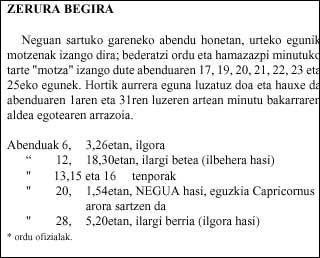
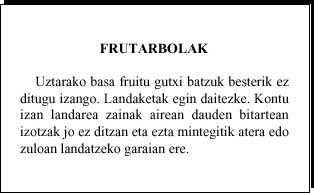
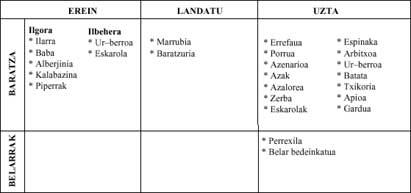
Special vegetables
Rhubarb:
Rheum rabarbarum . Harvest: Puff pastry.
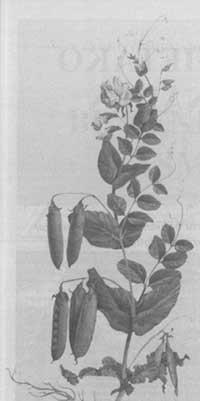
Arabarba is a habitable plant and due to its enormous natural acidity is usually prepared in purees, etc. mixed with jams, compotes or other vegetables.
- Planting: in April-May patches are planted with a distance of 0.8 to 1 m.
- Works: at first numerous irrigation. Make several weeds collecting the earth around the vein. Cut the taps for the flower.
- Harvest: from the month of May of the following year, they are collected as the leaves develop, using their granite or petiole.
- Varieties: Mitchell's; Royal Albert; Tobolsk morning red; Victoria (blackberry).
Blessed herb from the garden:
Valerianella olitoria. Harvest: leaf.
This vegetable, which replaces lettuce in winter, is not very hot. However, it can easily withstand the cold. Therefore, in spring and autumn we will keep them in the shade and humidity.
We will work on a soil without weeds (e.g., barabas without grass), as we would have to be removing them for a long time.
- Sowing: July to September in the section or rolls of 25 to 30 cm. Sow one gram per square meter (500 units). Roll sowing greatly facilitates weeding.
- Works: after sowing and until planting (but then also), irrigation will be the most important work. All weeds must also be eliminated.
- Harvest: From October to March, throughout the winter, with the plants cut. The harvest is usually 50-80 kg per area.
- Varieties: Italian (small, light green, early); Dutch (dark green, very hard); Etanpes green (considered the best).
Apricot:
Taraxacum officinale. Harvest: leaf.
Although it may be surprising, the cultivation of this herb as vegetable, well known in the meadows, is widespread in the European area.
It is a hard plant and has no special weather need. As for the terrain, it adapts to everything except the sandy ones.
- Sowing: April-June; in nursery 1.5 or 2 grams per square meter.
- Work: due to the difficulty of the operation, it is convenient to cover the peat with a little water so that the soil resists moisture.
- Plant: 4-6 leaves in rolls of 30 cm of separation, 10 cm.
- Bleaching: It is preferred to eat the chicory grass after having bleached it before eating green as it is in nature. This bleaching can be done in three ways:
- join and join sheets
- tied and docked
- After binding it is covered with a vase.
- Harvest: from January.
- Varieties: grass seeds with a fuller head have appeared in the markets.
Chicory and curly scarlet print:
Cicharium intybus. Harvest: leaf
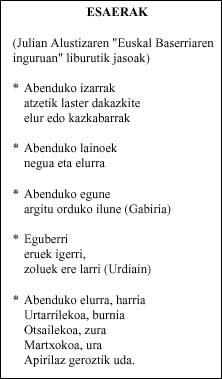
It is a hard and resistant plant to both drought and cold. It also grows in the worst land.
- Sowing: by the months of April and July directly in the section, nursery or in rolls of 30 cm. 0.5 grams per square meter (1,000 units per gram).
- Planting: the seeds in nursery (especially the Aragonese and the curl) with 4-6 leaves at a distance of 40x30 cm.
- Works: sown in rolls, choose the best plants when they have 4 leaves, leaving 10 cm between them. Water and work from time to time. The beetles can be tied so that the heads become soft.
- Harvest: during the whole winter, arbotante and curly scarlet when forming the head; chicory when the leaf is 10-15 cm.
- Varieties: Chicory: sugar bread (acid); Verona red (finer)
- Osterzuri: White milano, papalino and bordelés.
- Curly scarlet: Ruffee, Meaux, yellow heart (summer).
Buletina
Bidali zure helbide elektronikoa eta jaso asteroko buletina zure sarrera-ontzian











